
Luc Bellicaud’s tournament analysis – End of May 2025

2,466 of you participated in my tournament. Thank you so much! I personally scored 59.89%. I have selected three deals that stood out for me.
Deal 1: Too cautious!
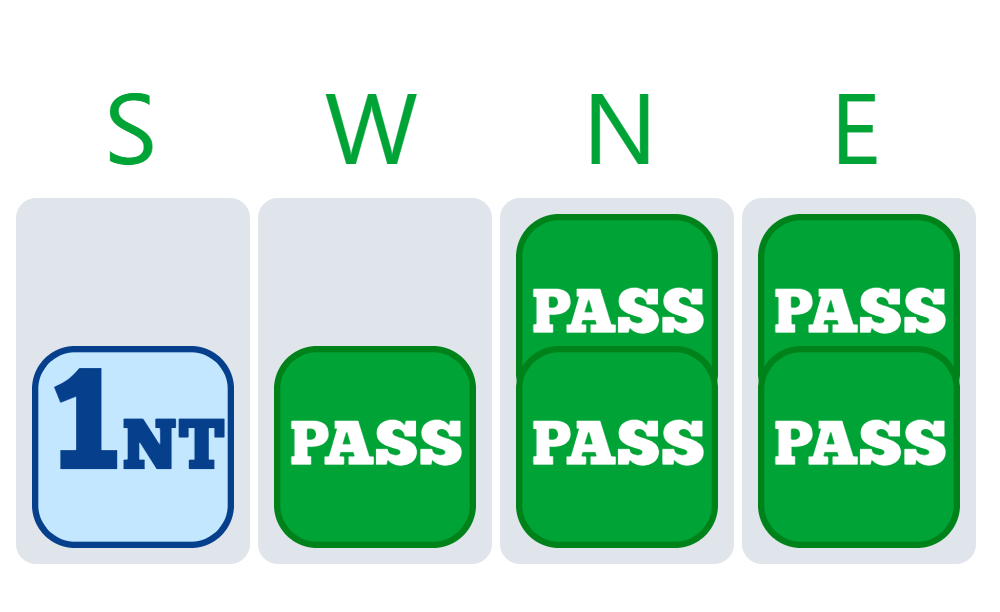
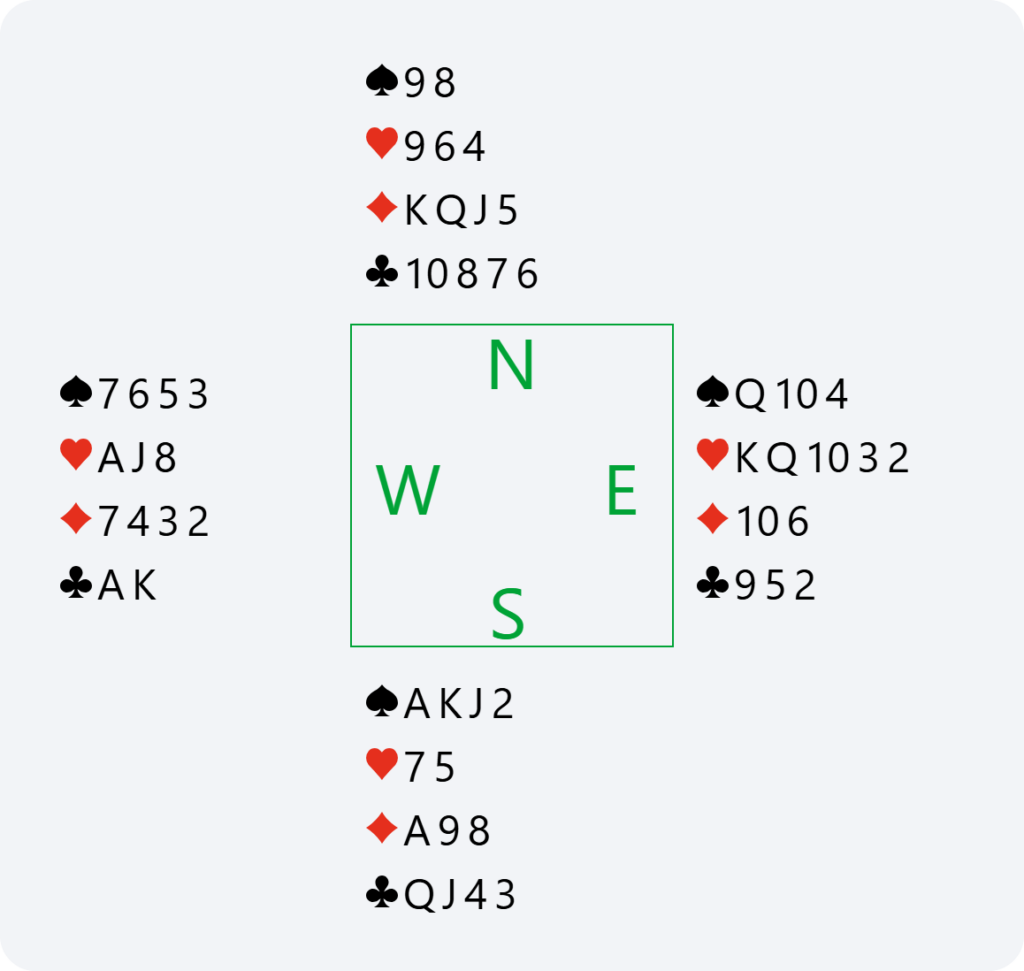
On Deal 1, I got a bad score (42%). After the spade lead to East’s queen and my king, you have seven top tricks and the crucial question is: should you try to create an eighth trick by playing a club or should you just do with what you have?
In my opinion, you shouldn’t play a club because you risk losing five hearts and both clubs. The heart return would then be quite natural if East gained the lead and you could lose five tricks in the suit. This would seriously compromise your contract, which I thought was rather solid.
It turns out that in reality, West gained the lead in clubs both times and didn’t find the heart return. But even with this hindsight, I think that playing a club represented far too high a risk. The potential benefits didn’t justify the danger involved.
Deal 4: What to return in defence?
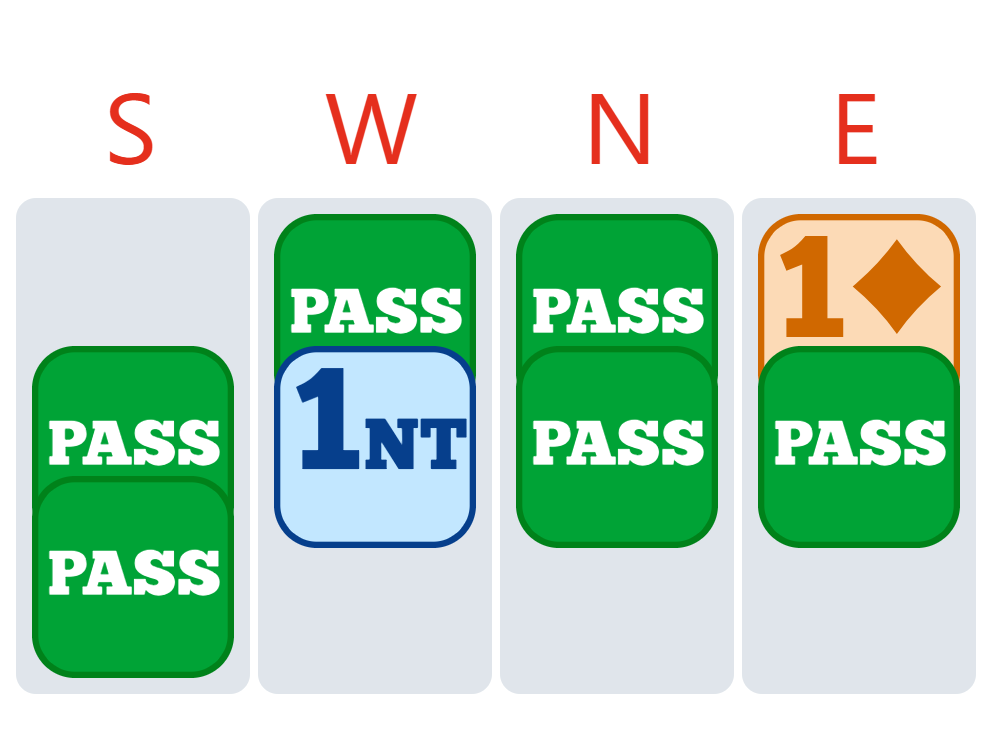
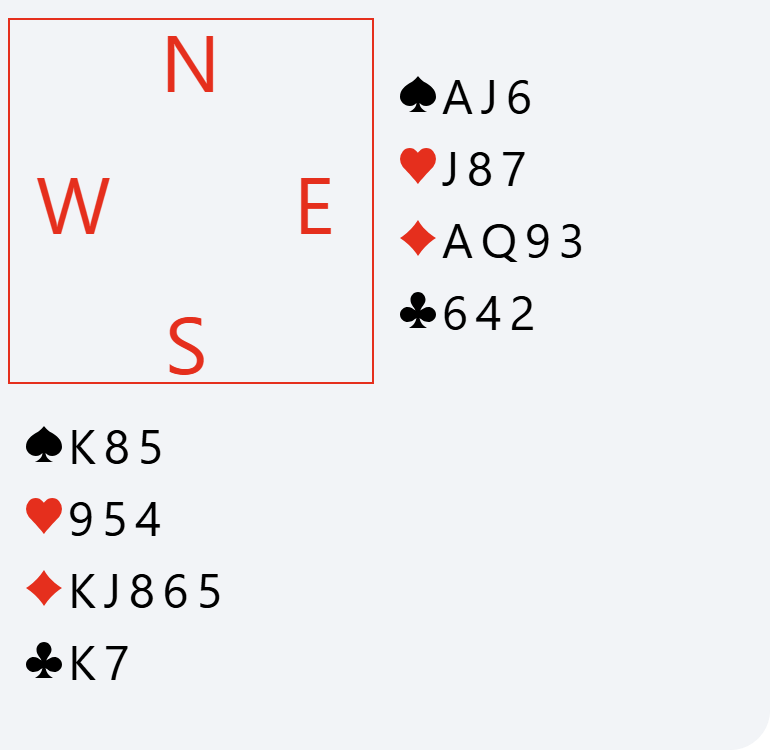
Lead: 4 of spades in North.
As they responded 1NT, West holds three hearts and two or three spades. The 3 is more likely to be with your partner since it didn’t appear on the first trick.
On lead with the king of spades, you know that they probably don’t have a fit in diamonds. This suggests a distribution of five or six clubs. It is therefore very likely that their line of play is based on this very suit.
You have the advantage of having the diamonds positioned behind them. To hope to beat the contract, it could be strategic to deal with their re-entries to hand in West. This is why, on the second trick, playing a heart potentially allows to cut their communications.
So, playing a heart on the second trick seems to be a good defensive choice, which allowed me to score 83% on the deal.
The full hand:
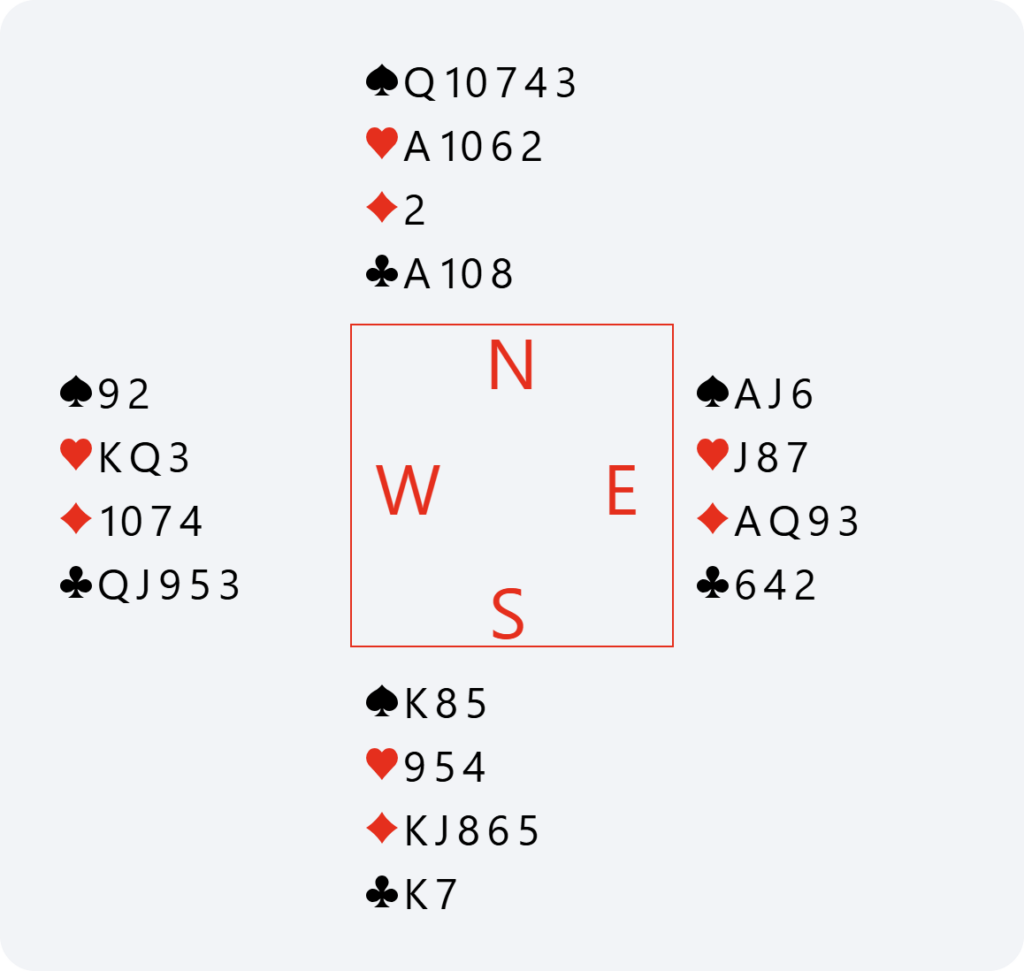
Deal 10: In response to the overcall
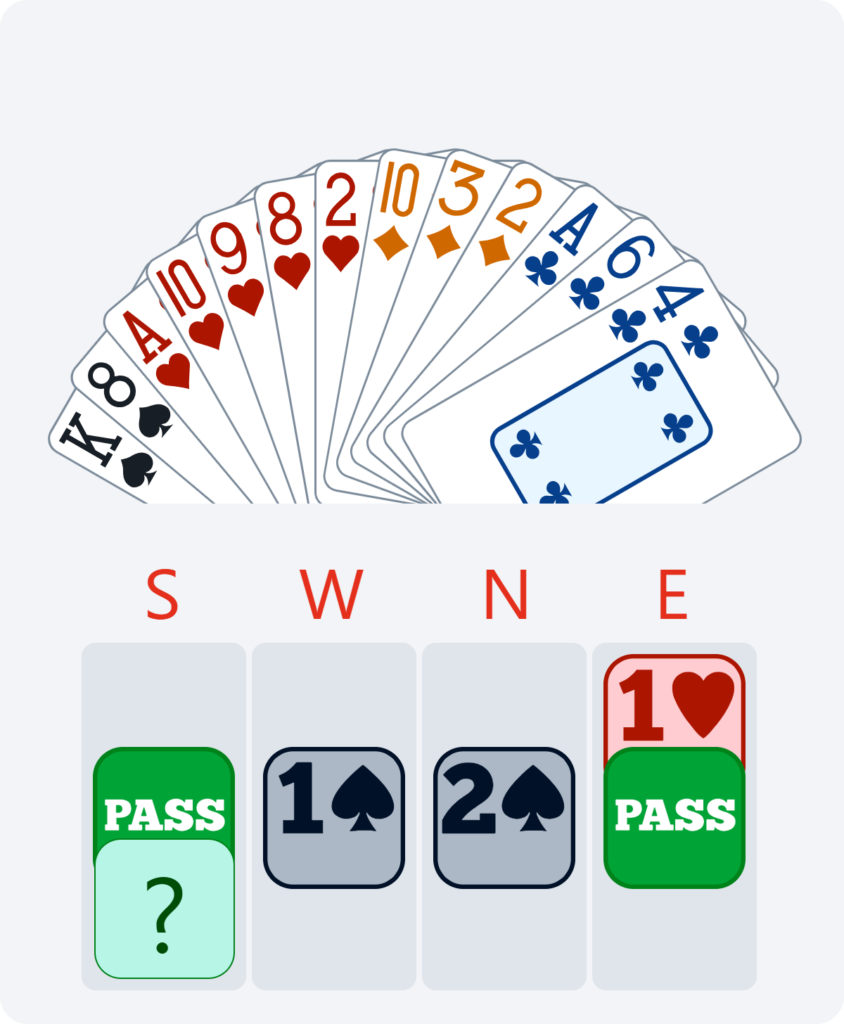
The decision was really not obvious on this deal.
When partner overcalls with 2♠, you are left with a very promising hand opposite a one-suiter in spades. Usually, in this situation, partner shows at least six spades and enough for an opening, probably with good honours in the suit. You can reasonably expect them to have two aces, accompanied by a little something extra.
For example, if they hold six spades, the 10 and a nice side suit like king-queen of clubs, you could very well reach ten tricks. It is therefore essential to respond to their overcall.
From there, you have several options: invite or directly force to game, with 4♠ or 3NT, depending on the distribution. Personally, I found this decision extremely complex. In the end, I opted for 4♠, but honestly, all alternatives stand up, depending on approach and bidding style.
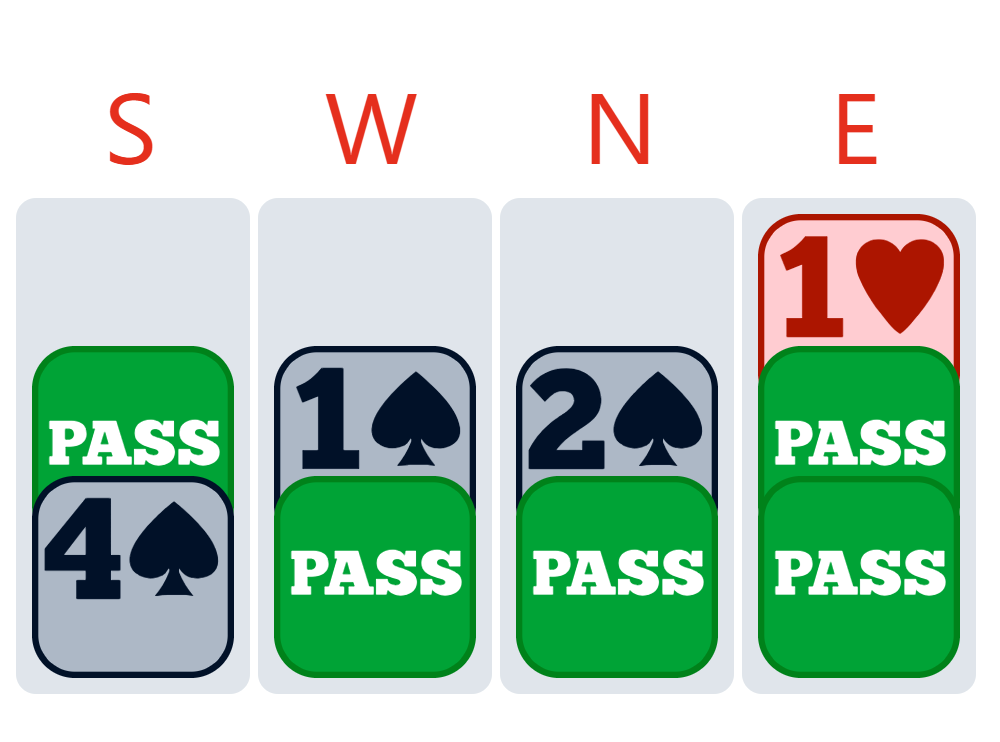
The line of play in 4♠:
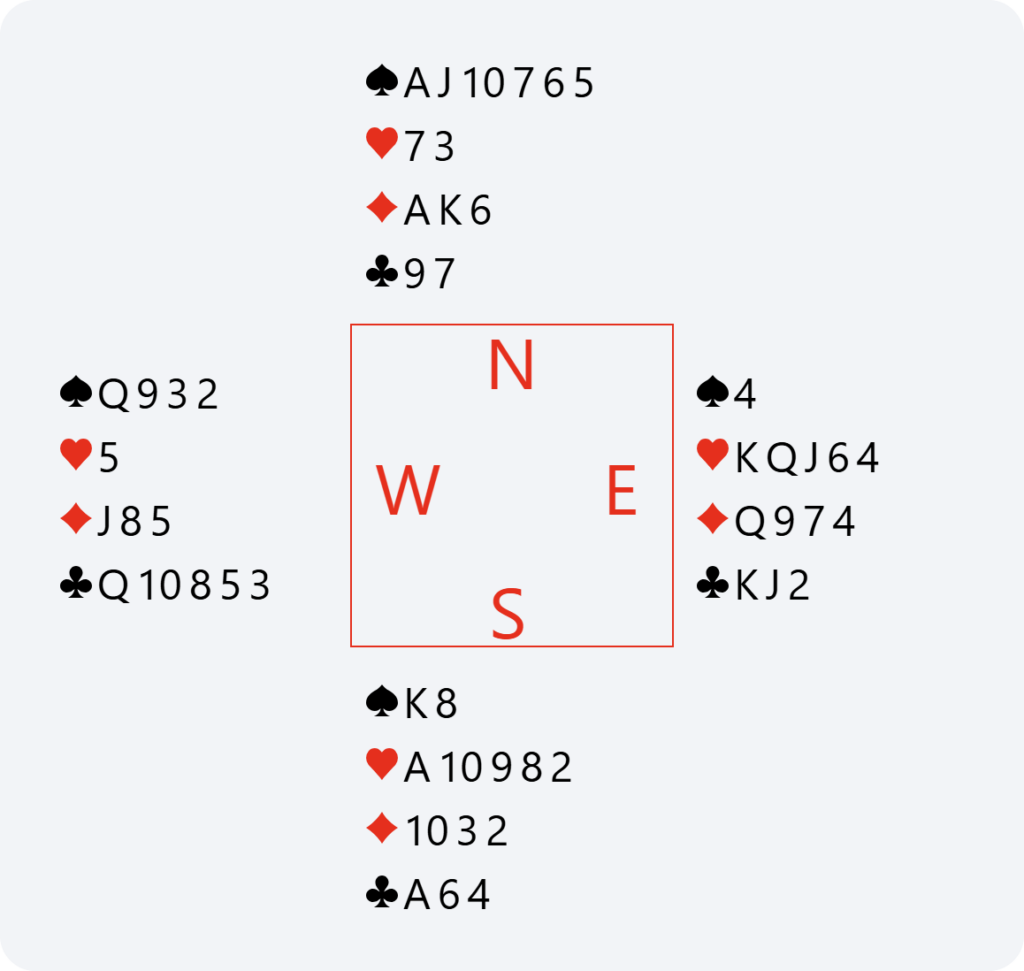
Once the 4♠ contract has been chosen, the line of play becomes clearer—particularly once you know that finessing against the queen of spades works, since West overcalled with 1♠. Unfortunately, you can make that finesse only once.
In this configuration, the aim is to make a trump coup: that is, to ruff with the small trumps and thus create a tenace in the suit. This is exactly what I did. By making enough ruffs, I kept a tenace at the end, which enabled me to make the contract and get a great score: 97%.
Thank you for reading this article and see you soon for another tournament!
What did you think of this article? How did you get on in the tournament?
Share your opinion with other bridge players in the Comments section below.



